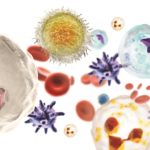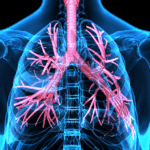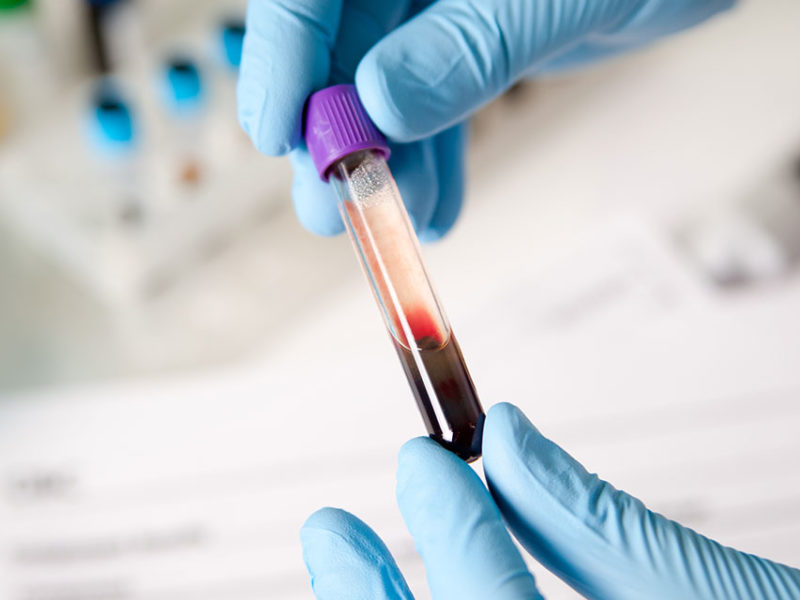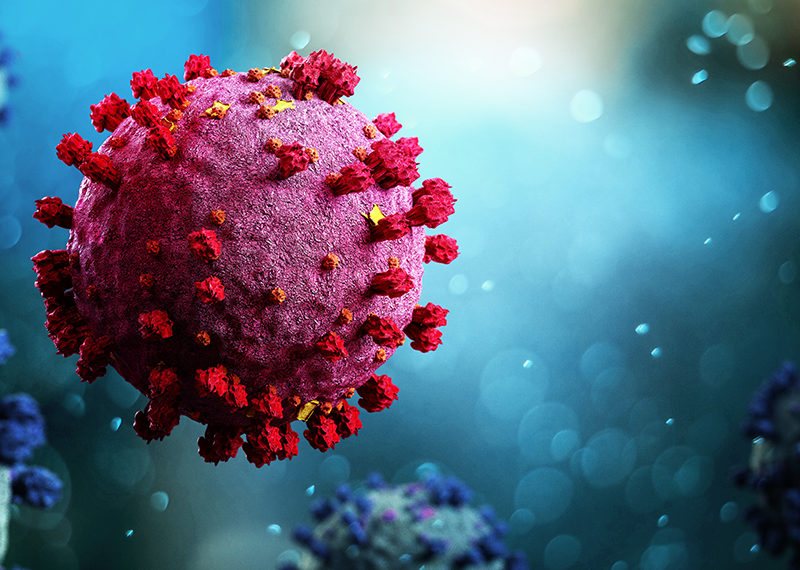A Novel Measles-Mumps Vaccine Delivers Multiple SARS-CoV-2 Spike Variants by Nose Drop
A Novel Measles-Mumps Vaccine Delivers Multiple SARS-CoV-2 Spike Variants by Nose Drop https://pediatricsnationwide.org/wp-content/uploads/2021/04/AdobeStock_333039083_web-1024x512.jpg 1024 512 Jessica Nye, PhD Jessica Nye, PhD https://secure.gravatar.com/avatar/?s=96&d=mm&r=g- December 20, 2023
- Jessica Nye, PhD
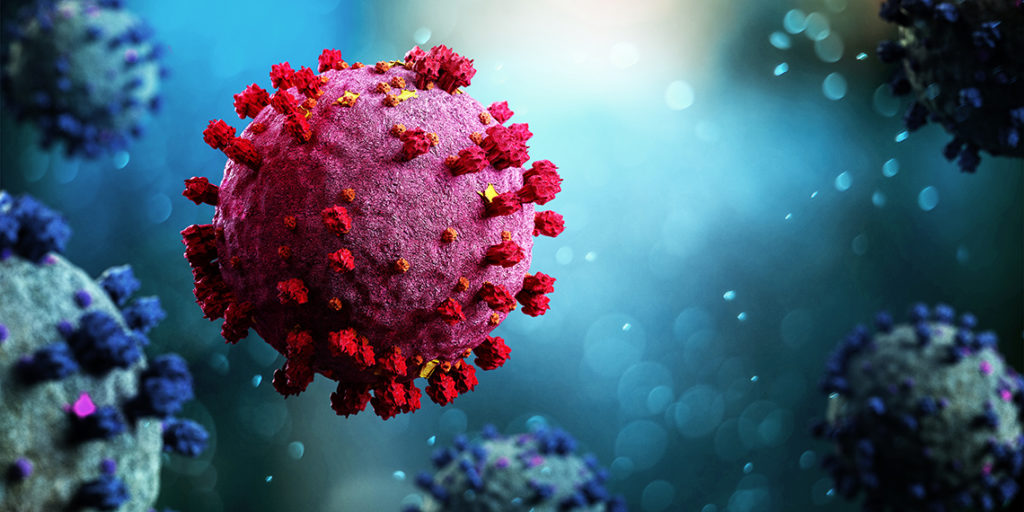
Investigators from Nationwide Children’s Hospital and The Ohio State University modified the measles and mumps viruses from the measles-mumps-rubella (MMR) vaccine to deliver three SARS-CoV-2 spike protein variants to the respiratory tract as an effective vaccine candidate.
“We’re calling this a trivalent vaccine because it protects against three different variants of SARS-CoV-2,” says Mark Peeples, PhD, a principal investigator in the Center for Vaccines and Immunity at the Abigail Wexner Research Institute at Nationwide Children’s Hospital, a Professor of Pediatrics at The Ohio State University College of Medicine and a coauthor of the study published in Proceedings of the National Academy of Sciences.
This “MMS” vaccine candidate was formulated using the Edmonston measles virus, the Jeryl Lynn 1 and 2 mumps virus strains and SARS-CoV-2 spike protein genes for the ancestral SARS-CoV-2 strain as well as the Delta and Omicron BA.1 variants. The investigators tested the efficacy of the vaccine candidate using mice and hamster models and vaccine delivery via subcutaneous and intranasal routes.
In the mouse model, the MMS vaccine induced production of neutralizing antibodies in the bloodstream against all three SARS-CoV-2 variants included in the MMS vaccine. When MMS was delivered intranasally, it induced production of immunoglobulin (Ig)A on the mucosal airway surfaces and resident T-cells in the lungs. When hamsters were infected with the three SARS-CoV-2 strains after intranasal MMS vaccination, the animals had no clinical symptoms and undetectable levels of virus in the lungs.
“The intranasal MMS vaccine worked even better than the intradermal vaccine. That was kind of surprising and a big deal. That’s not been shown before for measles or mumps,” says Dr. Peeples. “And that’s where you want the immune response to be, in the airways, in the place where you need the antibodies and the T-cells to fight the virus. This kind of a response also induces memory lymphoid tissue in the airways, so that if you get infected again, it’s much quicker to respond and to stop infection.”
In addition to the observed efficacy of the MMS vaccine, this trivalent vaccine candidate is an extension of the MMR vaccine platform.
“The beauty here is we already know the MMR vaccine is safe for children, so we’re building on a 50-year safety record,” says Jianrong Li, DVM, PhD, professor in the Department of Veterinary Bioscience at The Ohio State University and senior author of the paper.
Compared with the existing COVID-19 vaccines that use an mRNA vaccine platform, the MMS vaccine candidate would likely confer longer-lasting immunity while being more economical to produce.
“The vaccine companies know how to make the MMR vaccine quickly and cheaply. It’s also cheaper to store, it can be stored in a -20°C freezer, unlike the -80°C that’s required for the mRNA vaccines,” says Dr. Peeples. “So, it should be much cheaper to produce than an mRNA vaccine and it would likely be more effective than an mRNA vaccine which is injected into the arm, inducing systemic immunity but little airway immunity. Plus, there is the extra advantage of boosting against measles and mumps.”
Going forward the team is seeking funding or collaboration with a pharmaceutical company to proceed in testing the MMS vaccine candidate in clinical trials.
Dr. Li concludes, “We envision incorporating it into a routine immunization program for children and to provide long-term immunity against COVID-19 for adults.”
Reference:
Xu J, Zhang Y, Qu P, Shamseldin MM, Yoo SJ, Misny J, Thongpan I, KC M, Hall JM, Evans JP, Eltobgy M, Lu M, Ye C, Chamblee M, Liang X, Martinez-Sobrido L, Amer AO, Yount JS, Boyaka PN, Peeples ME, Liu S-L, Dubey P, Li J. A next-generation intranasal trivalent MMS vaccine induces durable and broad protection against SARS-CoV-2 variants of concern. Proc Natl Acad Sci. 2023;120(41):e2220403120
About the author
Jessica Nye, PhD, is a freelance science and medical writer based in Barcelona, Spain. She completed her BS in biology and chemistry and MS in evolutionary biology at Florida State University. Dr. Nye studied population genetics for her doctorate in biomedicine at University of Pompeu Fabra. She conducted her postdoctoral research on the inheritance of complex traits at the Autonomous University of Barcelona.
-
Jessica Nye, PhDhttps://pediatricsnationwide.org/author/jessica-nye-phd/
-
Jessica Nye, PhDhttps://pediatricsnationwide.org/author/jessica-nye-phd/
-
Jessica Nye, PhDhttps://pediatricsnationwide.org/author/jessica-nye-phd/January 3, 2022
-
Jessica Nye, PhDhttps://pediatricsnationwide.org/author/jessica-nye-phd/
- Posted In:
- Research





